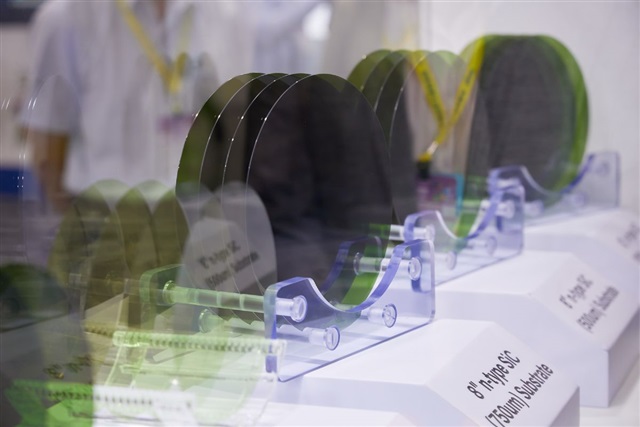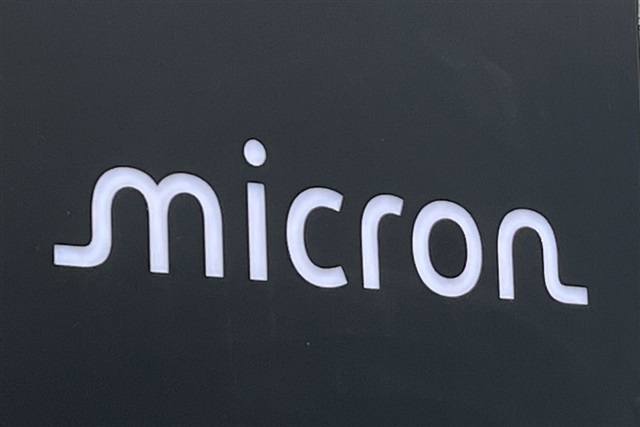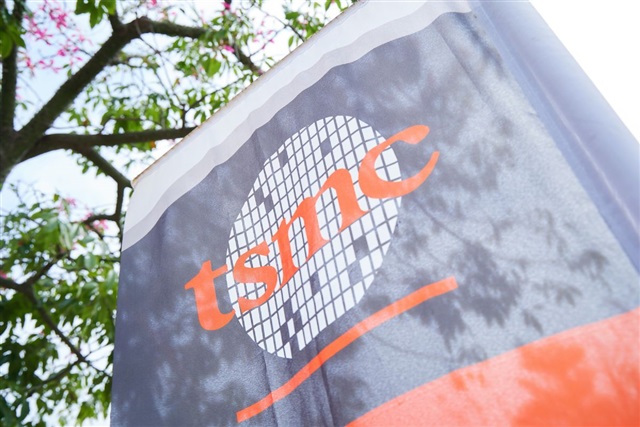Despite recent improvements, the automotive chip shortage is unlikely to be fully resolved until 2024, as supply growth cannot keep up with the rapid growth in demand, according to automotive supply chain sources, Digitimes reported.
In response to the ongoing chip crunch, some automakers have begun adjusting their 2023 vehicle designs so that chips with the same functionality can be sourced from more than two suppliers, or chips from the same supplier can accept different pins. In this way, they can respond more flexibly to shortages of automotive chips, mainly MCUs, MPUs and IGBT chips and modules, the sources said.
The shortage of some chips and components made it difficult to assemble as a whole in the short term, affecting the normal production of cars and instead leading to an increase in the inventory of other components instead of a shortage. This has led automotive customers to adjust their order schedules or slow down shipments from customers with sufficient supply, the sources continued.
Automotive semiconductors will continue to be supply-constrained due to two major factors. One is the limited growth in the supply of automotive chip process capacity. If the foundry's capacity has been validated by automotive customers, it will take at least six months to convert their process capabilities to manufacture automotive chips, and for process capabilities that have not yet been certified for automotive chip production, they will need to spend another 2-3 years to complete validation.
Another factor is the lack of transparency in the uneven supply of chips and components. Two years ago, some channel players tried to consolidate the uneven supply of components faced by supply chain participants to achieve the best ratio of overall supply, but did not succeed, the sources said. idm, tier-one suppliers and automakers usually treat which components are in short supply as confidential.
According to research firm Yole Development, the value of semiconductors used in vehicles is estimated to grow from $550 in 2021 to $912 by 2027, with the corresponding number increasing from 820 to 1,100 chips, due to the growing popularity of electric and self-driving cars.
source:aijiwei

Abonnieren fuer regelmaessige Marktupdates.
Bleiben Sie auf dem neuesten Stand der Branchentrends, indem Sie unseren Newsletter abonnieren. Unser Newsletter ist Ihr Zugang zu erstklassiger Marktexpertise.

The US has initiated a Section 301 investigation into China's mature semiconductor processes and third-generation silicon carbide (SiC) semiconductors. Supply chain operators state that the increa

In 2025, we expect 9.5% growth in the global semiconductor market, driven by robust demand for data centre services, including AI. However, growth in other, more mature segments is expected to be stag

Taiwanese chip manufacturer TSMC has announced a $100 billion investment in the United States, aiming to build five additional semiconductor facilities.The plan was revealed by TSMC CEO C.C. Wei along

Prices of mature process memory, long hit by oversupply due to fast capacity expansion at Chinese makers, are expected to rebound, thanks to the Chinese government's consumption stimulus programs.

With the ongoing development of new-generation processors, the introduction of PCIe Gen5 specifications into high-end PC applications is set to commence in 2025. According to Micron Technology, Gen4 p

The global market is watching how TSMC, pressured by the US, might assist Intel's foundry operations, while Samsung Electronics and Rapidus, also facing challenges, may similarly require TSMC'